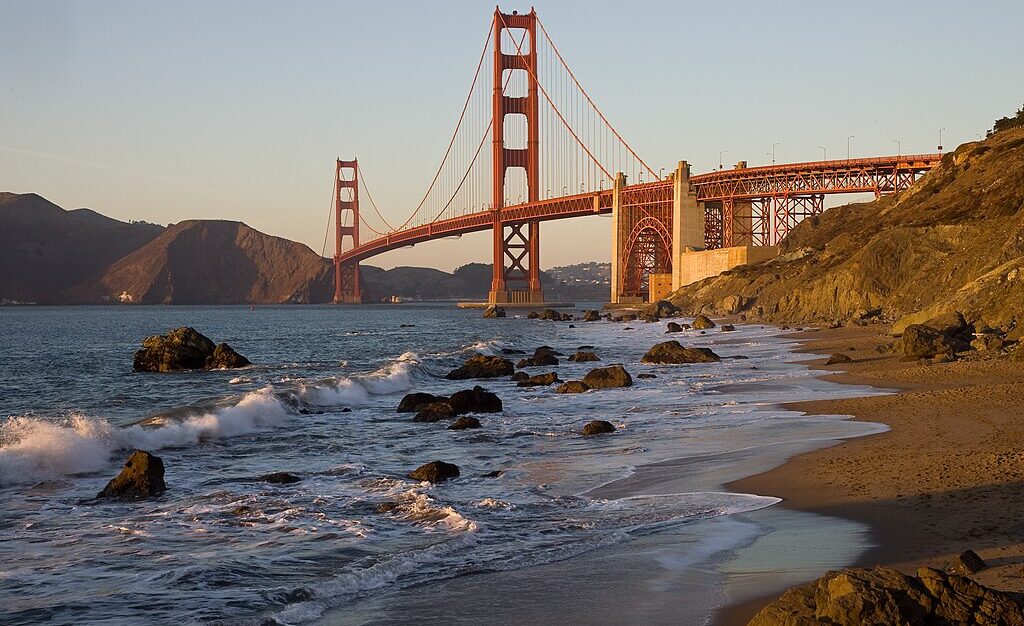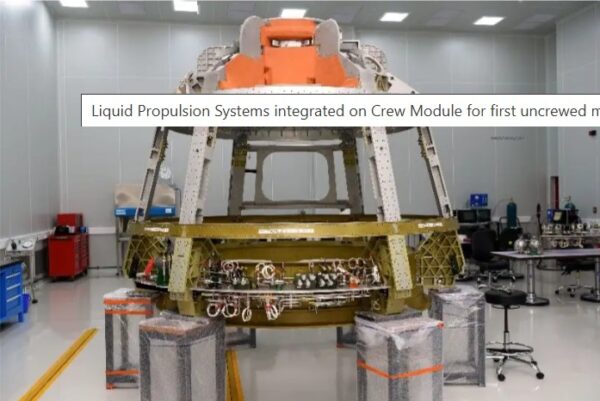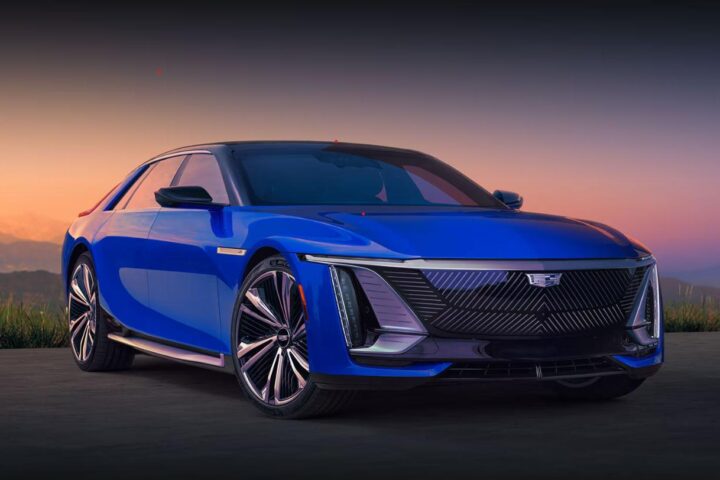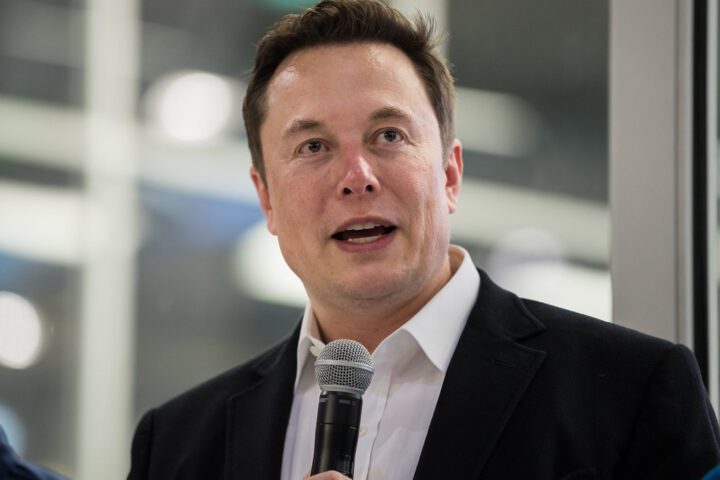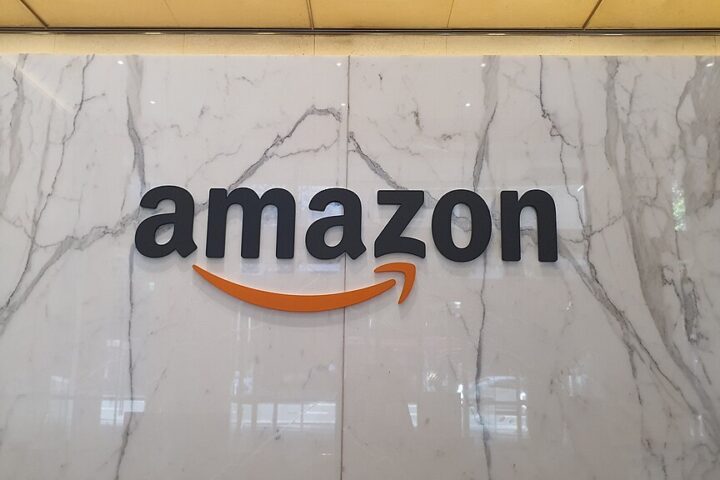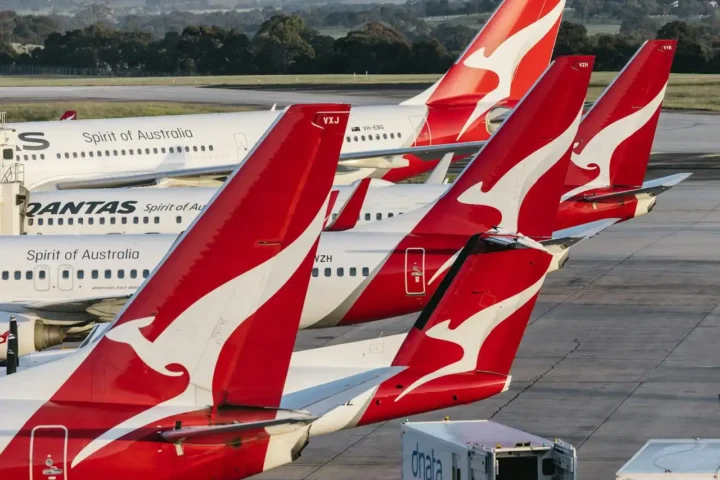The recent three-day strike by 45,000 dockworkers at East and Gulf coast ports has come to an end, but the resolution is far from complete. On Thursday, the International Longshoremen’s Association (ILA) and the U.S. Maritime Alliance reached a tentative agreement to suspend the strike until January 15, 2025, providing time to negotiate a new contract.
Wage-Increase: A Partial Victory
The temporary deal includes a significant wage increase for union members. Workers will receive an immediate $4 per hour raise, boosting their current top pay from $39 to $43 per hour. This 10% increase will be followed by annual $4 raises over the six-year contract, resulting in a cumulative 62% pay hike.
While this falls short of the union’s initial demand for a 77% increase, it substantially exceeds management’s earlier offers of 22%, 40%, and just under 50%. The wage agreement demonstrates the union’s bargaining power and the shipping industry’s willingness to compromise to avoid prolonged disruption.
Automation: The Elephant in the Room
Despite the wage agreement, the thorny issue of port automation remains unresolved. ILA President Harold Daggett has taken a hard line against automation, calling it a “cancer” that threatens American jobs. The union is seeking to tighten language in the contract to prevent the implementation of automated and semi-automated terminals.
This stance puts the ILA at odds with global trends. The U.S. lags behind many countries in port automation, with no American ports ranking in the top 10 for efficiency according to the World Bank’s Container Port Performance Index 2023. The highest-ranked U.S. port, Philadelphia, sits at 55th place globally.
The automation debate highlights a fundamental tension between technological progress and job preservation. While automation can increase efficiency and safety, it also threatens to displace workers. As Dennis Daggett, ILA executive vice president, stated, “We do not believe that robotics should take over a human being’s job, especially a human being that’s historically performed that job.”
Economic Impact and Political Implications
The strike’s suspension came as a relief to businesses and consumers alike. A prolonged work stoppage could have led to shortages and price increases, reminiscent of the supply chain disruptions experienced during the pandemic.
The Biden administration played a crucial role in facilitating the agreement. Acting Labor Secretary Julie Su was instrumental in bringing the parties together, reflecting the administration’s pro-union stance. President Biden praised the deal, saying, “We averted what might have become a major crisis for the country.”
However, the administration’s involvement raises questions about the balance between supporting labor and maintaining economic stability. The threat of anti-trust action against shipping lines, as suggested by maritime historian Dr. Sal Mercogliano, indicates the complex interplay of economic and political factors in labor disputes.
Looking Ahead: Challenges and Uncertainties
With only 103 days until the January 15 deadline, negotiators face a daunting task in resolving the automation issue. The outcome of these talks could set a precedent for the future of U.S. port operations and the broader debate on automation in the workforce.
The agreement also brings attention to other labor issues, such as the nearly $1 million annual salary of ILA President Harold Daggett, which has raised eyebrows given its significant deviation from the pay of other union leaders.
As the clock ticks towards the new deadline, all eyes will be on the negotiations. The resolution of this dispute could have far-reaching implications for the U.S. economy, international trade, and the future of work in an increasingly automated world.
Similar Posts
Key Points to Consider:
- Wage increase: 62% over six years, starting with an immediate $4/hour raise
- Automation remains a contentious issue, with the union strongly opposed
- U.S. ports lag in efficiency compared to global counterparts
- Biden administration played a crucial role in facilitating the agreement
- January 15, 2025 deadline for resolving remaining issues, including automation
As an experienced observer of labor relations and economic trends, I cannot help but note the cyclical nature of these disputes. The current standoff between technological progress and job preservation echoes similar conflicts from past decades. However, the scale and potential impact of this particular dispute set it apart.
The coming months will be crucial in determining whether the U.S. can strike a balance between modernizing its ports and protecting its workforce. As we have seen time and again, the devil is in the details, and the final agreement will likely require significant compromises from both sides.
In the meantime, businesses and consumers can breathe a sigh of relief, knowing that the immediate threat of supply chain disruption has been averted. But make no mistake, this is merely a pause in what promises to be a long and complex negotiation process.

